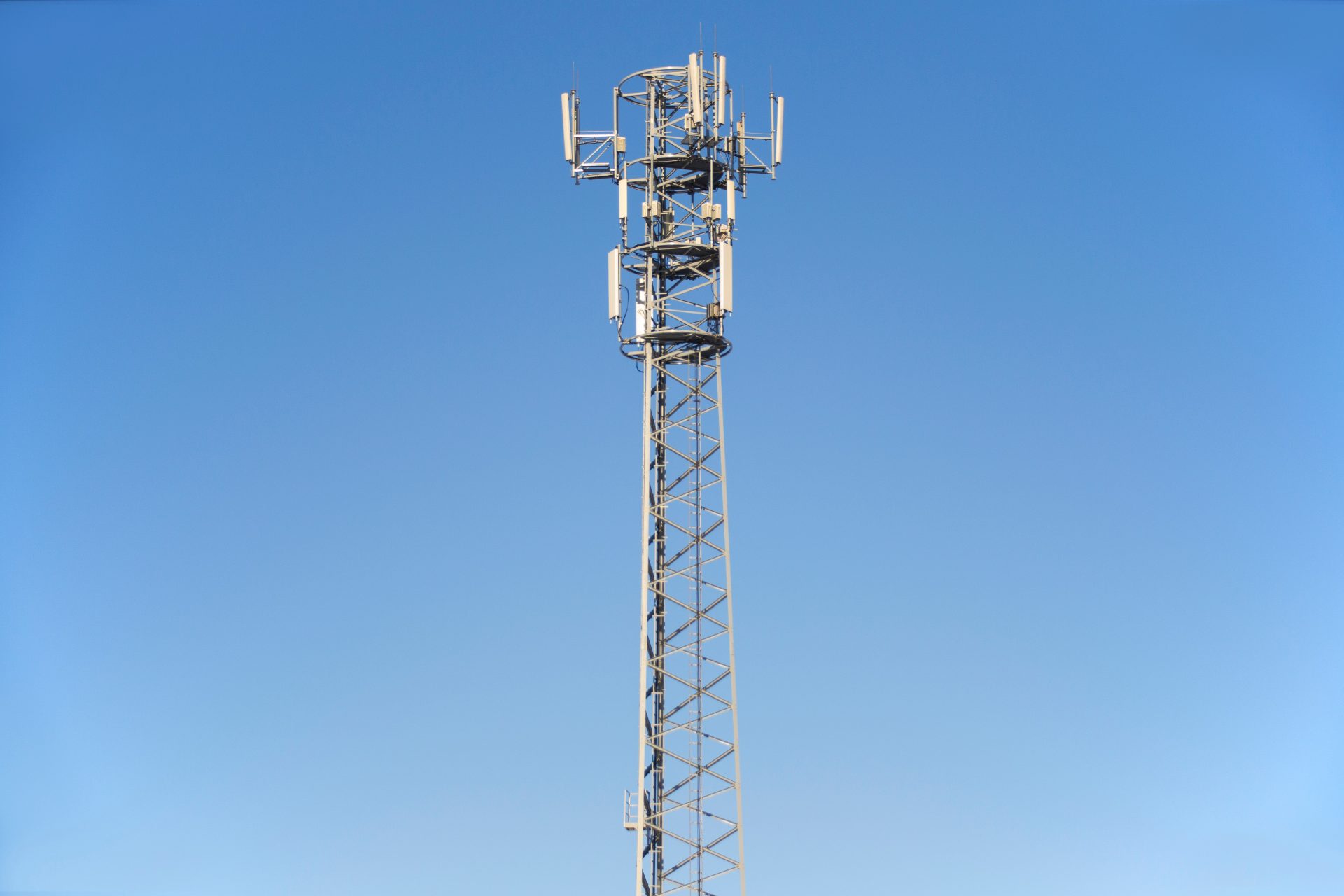If you? ve actually strolled through the city, you may have got spotted small mini 5G cell podiums on street lighting poles. These appear like small bins, but they? re also really transmitting cordless signals from cell carriers to your phone.
These small, purpose-built cell systems are replacing bigger, purpose-built ones. When less obvious, these people may nevertheless present issues for individuals.
Typically the FCC? s Light Exposure Thresholds
Typically the Radiation Exposure Thresholds of the FCC establish the secure distance from which often a person can be exposed to electromagnetic radiation from cellular devices. The exposure limitations are established on scientific facts indicating that RF energy may be hazardous to individuals health.

The specific absorption rate (SAR) quantifies the radiofrequency energy absorbed by tissues. It is typically 1. 6 m per kilogram, averaged across one gram of tissue.
Nevertheless, since 5g transmits at higher frequencies, it may stimulate more energy depth within the skin plus other immediately revealed body parts. This may result in a new variety of feasible consequences, such while the accelerated development of skin illnesses such as dermatitis, skin cancer, and cataracts.
Due associated with the potentially extreme consequences of 5g radiation, PSU has opted to inflict a general local power density limit of 4 mW/cm2 averaged over one cm2, and not necessarily to exceed 30 minutes, for many 5G services at 3 thousands GHz. This enclosed limit is steady with the maximum spatial-average SAR involving 1. 6 W/kg averaged across one g of tissues at 6 Gigahertz.
The FCC? s Maximum Exposure Thresholds
If you've ever used a cellular phone, you surely know that a person must be no less than 400 meters away from the tower for safety. safe distance from cell tower is credited to the truth that the tranny strength of the cellular tower grows significantly with distance.
While this may appear just like a wonderful concept, the fact is that these living all around may be may be more prone to wellness issues. A 2014 research in Asia, for instance, suggested that persons which resided within fifty meters of mobile towers had higher health concerns as compared to those who lived farther away.
Yet, this research also revealed that signs and symptoms returned to normal in a few times for persons that relocated to spots distant from mobile towers. Several reports have indicated of which exposure to high numbers of radiofrequency electromagnetic fields (EMFs) may possibly induce cancer, mind tumors, and various other health concerns.
safe distance from cell tower , which is definitely used in cordless communication, may enter the outermost part of the body, the skin. Typically what is a safe distance from a 5g cell tower while a protective hurdle against mechanical damage, infection by pathogenic bacteria, and the particular admission of hazardous chemicals. It is definitely responsible for keeping the integrity of other organs which is the biggest body within the human human body.
Minimum Exposure Thresholds of the FCC
The FCC's Least Exposure Thresholds are based on a number involving unsupported scientific presumptions. They add the incorrect notion that short-term exposures to RF radiation are safe still to pay to low sexual penetration into the human body (i. e., muscle heating) (i. e., tissue heating).
In addition, the assumption disregards the deeper penetration of the ELF parts of modulated RF signals plus the impact of brief high temperature bursts from pulsed RF waves. These assumptions usually do not line up with the current knowledge of typically the biological effects involving RF radiation; as a result, they should not get utilized to build health-protective exposure restrictions.
Additionally , the ICNIRP and FCC restrict their maximum publicity limits to neighborhood peak SARs structured on the optimum spatial specific intake rate (psSAR), that is an insufficient dosimetric technique for considering the degree of RF radiation exposure. Specifically, psSAR is incorrect at frequencies greater than 6 GHz. Additionally, psSAR will not be researched for RF the radiation with co-exposure to other environmental components such as sunlight. Interactions between radiofrequency (RF) radiation in addition to other environmental aspects may have bloodthirsty or synergistic results. This would boost the likelihood of hazardous health outcomes. Co-exposure to RF radiation and sunshine, with regard to instance, may boost the risk of pores and skin cancer and aggravate other skin circumstances, such as acne.
